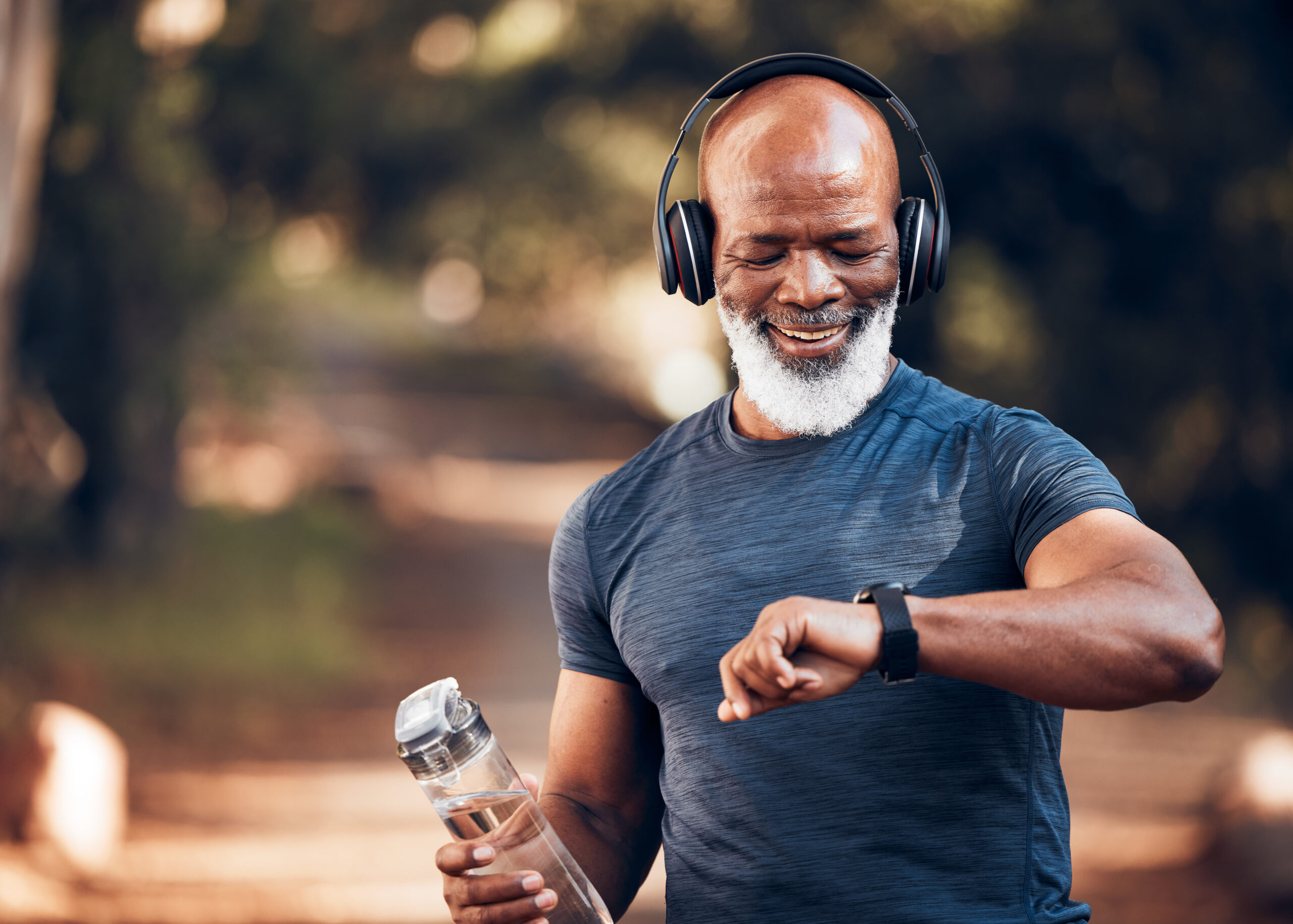Why Sensory Health is the Next Mental Health
An In-Depth Look at Creating a Sensory-Positive Environment

Our five senses are comprised of sight, smell, touch, taste, and hearing. However, sensory health goes beyond functionality.
In short, sensory health connects how we experience the world via our senses and how we interact within our surroundings.
The National Library of Medicine estimates that 5-16 percent of the general population experiences symptoms of sensory processing challenges. The estimates are higher for clinical populations, including people living with autism spectrum disorder (ASD) and attention-deficit/hyperactivity disorder (ADHD).
Hector Matascastillo, a licensed mental health professional, is an expert in sensory health. Hector recently chatted with LifeSpeak Inc. and provided valuable insight to help people better understand how to optimize sensory health.
“The more that we become aware of it [sensory health], the more we’re able to integrate what it is that we’re experiencing and make accommodations as necessary,” said Hector.
What is sensory health and how can we better understand it?
Hector describes sensory health as our internal reactions to our ever-changing atmospheres and how we interact with the world externally. For example, if someone is nervous about going to the dentist office, they might be triggered by the sounds of the terrifying drill. Different instances subconsciously trigger all kinds of reactions, depending on the situations we find ourselves in. By extension, our senses play a pivotal role in our behaviors. Hearing sounds like the dental drill can induce anxiety in that nervous patient, making hearing the sound of the drill an unpleasant experience.
When we are taking our mobility into consideration, proprioception and interoception are key factors at play. As humans, we subconsciously thrive to find stability in what makes us feel good and we accommodate ourselves accordingly. An example of this would be running on a treadmill versus running on a trail outdoors. Being stationary on exercise equipment indoors as opposed to moving through nature and being immersed in scenery have different sensory outcomes. Another example of this is connected to stability. When you are stationary while in an airplane and you get up to use the restroom, the movement and turbulence of the plane can make you feel uneasy, and a little dizzy, even though you are standing upright. As a result, you might grab onto something to feel more secure. Our sensory health is impacted when our senses and mobility are reacting to our different environments.
Sensory integration and processing are common terms used in addressing sensory health. Occupational therapists are the leaders in addressing, monitoring, and treating sensory processing disorder (SPD). The medical landscape is taking note of how closely sensory health is linked to overall physical and mental health. Unfortunately, misdiagnosis of SPD is common as many professionals are not currently trained to recognize sensory processing and integration issues.
How can you become more aware of your own sensory health?
To understand and navigate sensory processing disorder (SPD), recognizing the challenges, being educated, and making accommodations where necessary are excellent steps to take.
Torchlight Parenting & Caregiving, a product of LifeSpeak Inc. offers a comprehensive and in-depth roadmap guide to navigating sensory processing disorder among children.
What is the connection between sensory health, physical health, and mental health?
Sensory health is linked to mental health and physical health because negative sensory experiences can produce a domino effect. If something is intimidating or nerve-wracking, avoidance can become an automatic reaction, which in turn, can become a mental health issue or, in some cases, a debilitating physical issue.
When we increase, generalize, or even flat-out avoid everything that makes us feel anxious, disorders become prevalent, explained Hector.
“But a lot of the time, we don’t know what’s causing anxiety or what’s making us feel sad in an environment,” said Hector. When we are not aware of our sensory health, we cannot regulate it, and we can easily fall into a state of disorder. So, it is important that we are aware of and harness our sensory health to reflect positively on our mental and physical wellbeing.
Additionally, mental health does affect sensory health because if someone is lacking feel-good endorphins, like serotonin or dopamine, self-regulating actions, or coping mechanisms, such as turning to alcohol or comfort eating, may generate satisfactory feelings momentarily, but can have negative long-term impacts on the body.
Are there any best practices for employees working remotely to engage in a sensory-positive working environment?
Specifically in the advent of remote work, a lot of employees have pivoted and re-shaped what their ordinary day-to-day activities look like. The workday may include more flexibility (which has its benefits), but it is easy to fall into the trap of overworking, increased screen time, or an increased chance of depression.
But there are ways to engage your senses and create a sensory-positive work environment.
LifeSpeak Mental Health & Resilience, a product of LifeSpeak Inc., offers expert-led mental health and life skills education through thousands of micro-learning videos and live access to the world’s top wellbeing experts. Engaging in programs to improve oneself is an excellent way to create a blueprint for a sensory-positive work environment.
Hector also shares a few recommendations on how to support yourself in your workspace. First, he says to get up and stretch your legs. Staying chained to a computer is not only straining on your eyes, but also hard on your posture. So, go ahead and take that walk – we are giving you permission. Well-needed breaks are beneficial for both physical and mental wellbeing.
Hector also suggests getting a few plants to liven up your workspace. Of course, do not go overboard because too much of anything (even good things) can become a bad thing over time. Reducing clutter by clearing out physical items can help maintain a state of peace and clarity so you can remain focused on your work and not the mess around you.
Lastly, have healthy snacks present, but store them somewhere that requires you to leave your computer desk to grab them.
It is important to understand how to make accommodations in your daily routine to create the sensory-positive environment that works for you—whether that is by adjusting the way you work, exercise, or live. As sensory health becomes more prevalent, the evolving landscape of how we interact with the world changes too.
Already a member? Log in into your LifeSpeak account today to tap into valuable on-demand resources and content.
INDEX:
Citation on stat: https://www.ncbi.nlm.nih.gov/pmc/articles/PMC5733937/#B1
Information on Sensory Health Disorder: https://sensoryhealth.org/basic/understanding-sensory-processing-disorder



